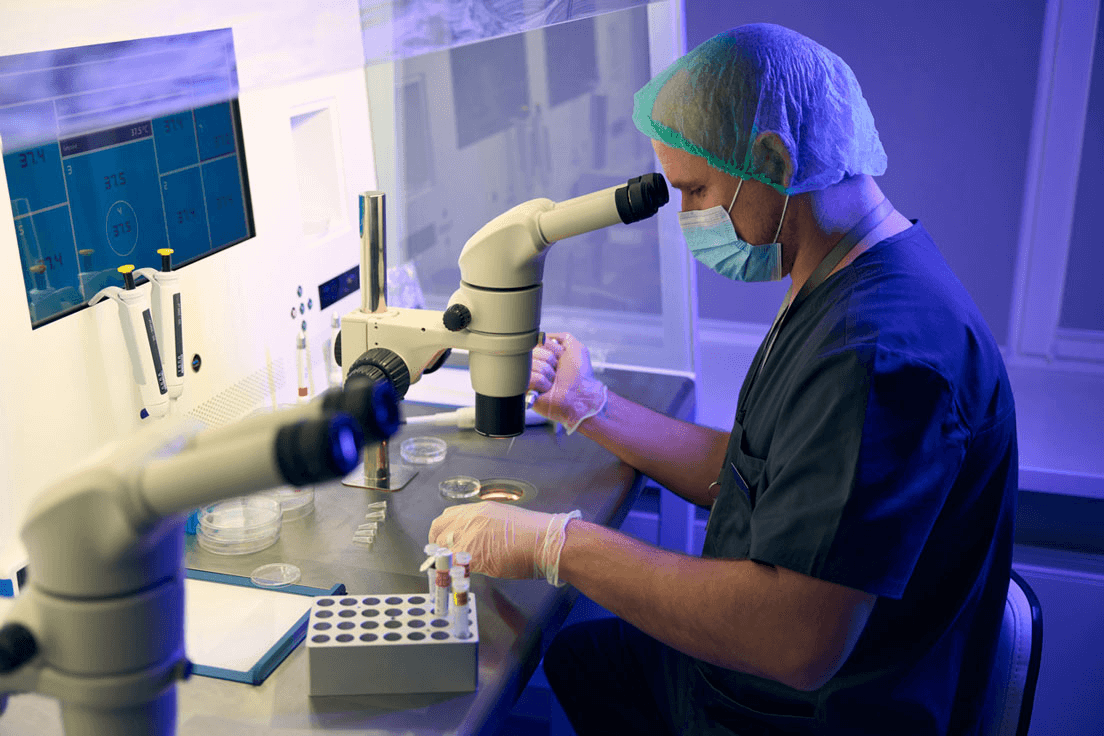Why More Families Are Choosing to Store Their Baby’s Cord Blood

In recent years, there has been a notable increase in families opting to collect and store their baby’s umbilical cord blood. What was once an uncommon practice is now becoming more mainstream as parents become aware of the significant medical benefits that cord blood can offer. Cord blood is rich in stem cells, which have the unique ability to repair and regenerate damaged tissues, making them invaluable for treating various medical conditions.
The Importance of Stem Cells
Stem cells from cord blood are not ordinary cells; they possess the remarkable ability to develop into different types of cells, which can be used to treat a variety of diseases and injuries. These cells can be crucial for:
- Regenerative Medicine: Stem cells can repair damaged tissues and organs, offering hope for patients with serious injuries or illnesses.
- Treating Blood Disorders: Conditions such as leukemia, lymphoma, and anemia can potentially be treated with stem cells from cord blood.
- Future Medical Advances: As medical research advances, the potential uses for stem cells continue to grow, making cord blood a valuable resource for the future.
Reasons Families Choose Cord Blood Banking
Families have various motivations for choosing to bank their baby’s cord blood, including:
- Medical Preparedness: Many parents want to be prepared for any future medical needs. Cord blood banking provides a form of biological insurance.
- Known Medical Needs: Some families are aware before birth that their child might need stem cells due to genetic conditions or family history of certain diseases.
- Peace of Mind: For many, the security of knowing they have potentially life-saving stem cells available if needed is invaluable.
Also read: Can You Get Pregnant During Your Period? The Facts You Need To Know
The Collection and Storage Process
Collecting and storing cord blood is a straightforward and painless process that involves:
- Collection: After birth, the umbilical cord is clamped and cut. Blood is then collected from the cord using a sterile needle.
- Processing: The collected blood is processed to extract the stem cells.
- Storage: The stem cells are cryogenically frozen and stored in a cord blood bank for future use.
Cost and Considerations
While the cost of cord blood banking can be significant, many families consider it a worthwhile investment. The average cost includes an initial collection fee and an annual storage fee. Despite the expense, the potential benefits of having readily available stem cells for future medical treatments outweigh the costs for many parents.
Conclusion
The decision to collect and store your baby’s cord blood is a proactive step towards ensuring your family’s future health and well-being. With the increasing awareness and proven benefits of stem cell therapies, more families are choosing this option. As research progresses, the uses for cord blood are expected to expand, making it an even more valuable resource in the years to come.
For further reading and comprehensive information, consider consulting trusted medical sources and cord blood banking services.
Also read: Understanding Perineal Massage: A Guide For Expectant Mothers






